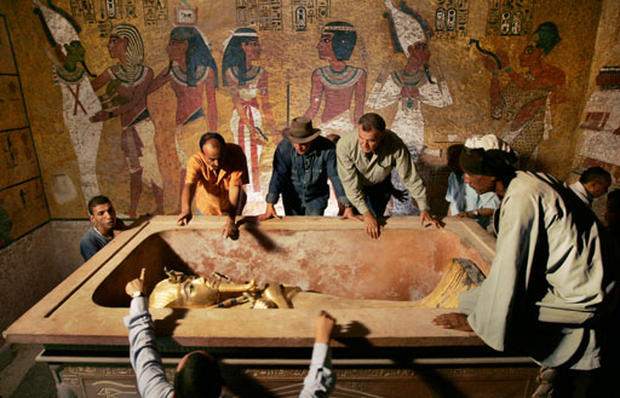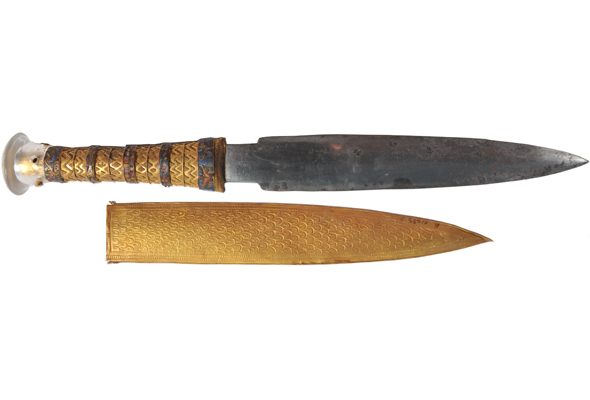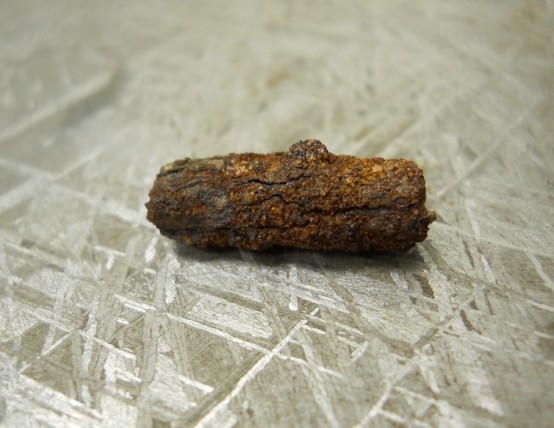Studies reveal King Tutankhamun’s dagger was made from meteorite iron
The mummified remains of the famous-infamous Egyptian pharaoh Tutankhamun, better known as King Tut, were excavated from his pyramid tomb in 1922 from the valley of kings in Egypt. The excavation has shed a good amount of light on the details of the teenage king’s life.

King Tut is regarded as the youngest of the pharaohs who ruled Egypt. According to legend, when Tut’s mummy was buried, treasures and all things necessary for the king’s afterlife were entombed. But large parts of the wealth were believed to have been pillaged by invaders and dessert thugs over the course of time.

Image courtesy: www.sdnhm.org
Interestingly, a dagger—supposedly King Tut’s dagger—too was found intact in the pyramid from which the mummy was excavated.

Image courtesy: Daniela Comelli et al, from the paper
Now, recent studies suggest that the dagger was indeed a celestial ‘gift’. Yes! The dagger was made from metal iron collected from a meteorite! The discovery also points towards the wisdom of ancient Egyptians who may have understood that the Earth’s came from space!
Scientists have long speculated that the ancient Egyptians used metal from meteorites to make iron objects.
Why had they used iron or what factors could have led them to mould the king’s dagger with meteorite iron? Apparently, the Egyptians discovered the uses of iron only by 500 BC. But when Tut had expired—that is around 800 years earlier—iron was rarer than gold.

Image courtesy: Diane Johnson/The Manchester Museum
Extracting pure iron from ore requires advanced expertise and tools which weren’t available during King Tut’s reign. But the civilization found that it could make use of metallic iron from occasional meteorites.
So, if the ancient civilization was aware that the meteorites from the skies—where gods preside—carried down iron, the metal would have been symbolically important to it. As a result, the people could have seen iron as divine material appropriate and reserved only for the privileged.
Also read:
From an excavation site: At touching distance of a 2300-year-old history

OMG-inducing, share-compelling, like-attracting, clutter-breaking, thought-provoking, myth-busting content from the country’s leading content curators. read on...
